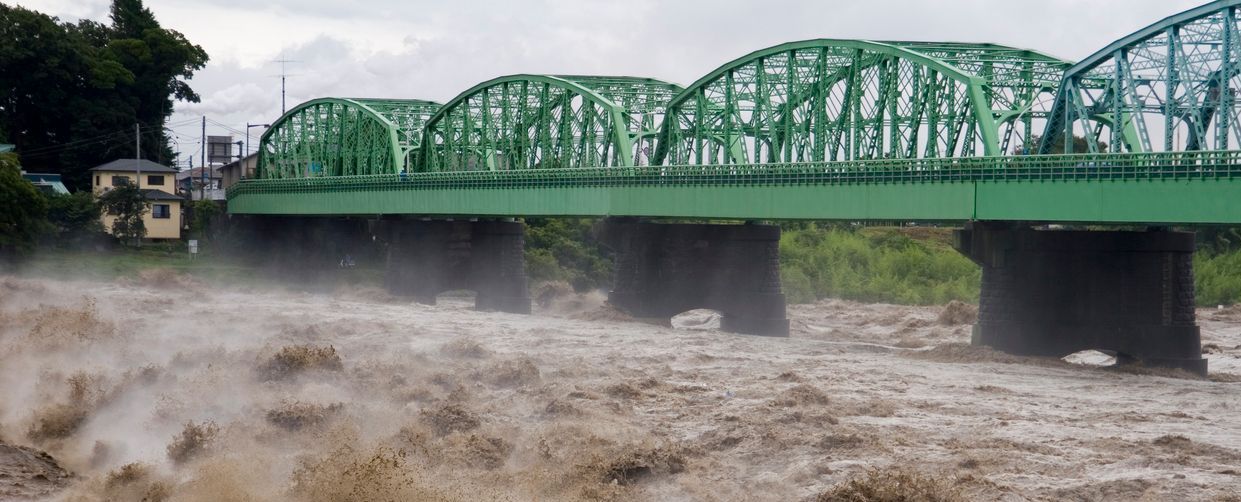2025/07/22
Unprecedented Rains, Again and Again: Strengthening Japan’s Disaster Resilience

July 6 marked seven years since the devastating torrential rains (July 2018 Heavy Rain) that struck western Japan. More than 300 lives were lost (including disaster-related deaths) across 14 prefectures, including Hiroshima, Okayama, and Ehime. On that occasion, a record-breaking heatwave occurred as the Tibetan High extended over the upper layer of the North Pacific High around Japan. A stationary front remained in place, and as a result, as many as 15 linear precipitation systems formed from the Tokai region to western Japan. The Japan Meteorological Agency explained that the cause was the continuous inflow of water vapor generated by elevated sea surface temperatures.
In Hiroshima and Okayama, mudslides and river overflows occurred simultaneously. In the Mabi district of Kurashiki City, the water level of the Takahashi River rose rapidly and triggered a 'backwater phenomenon,' which caused a breach in the levee of a tributary river. As a result, approximately 1,200 hectares of land were submerged over a period of three days. The torrential rains, which exceeded the region’s disaster resilience and response capacity, disrupted lifeline infrastructure across western Japan, leaving up to 80,000 households without electricity and 260,000 without water supply.
In Japan, where once-unthinkable downpours are becoming increasingly common, flood risks in urban areas are rising sharply. Total flood damage in Japan over the ten years from 2012 to 2021 reached 4 trillion yen, according to the Ministry of Land, Infrastructure, Transport and Tourism (MLIT), with 30% caused by inland flooding—when drainage systems are overwhelmed. In urban areas, where social infrastructure is densely concentrated, this proportion is even higher. During Typhoon Hagibis (Typhoon No. 19) in 2019, the water level of the Tama River rose significantly, causing water to backflow through sewer and drainage systems into city streets. Underground facilities in residential buildings were inundated, and electricity supply was cut off. The unexpected flooding of a high-rise condominium in Musashi-Kosugi—a popular residential area—served as a stark reminder of the vulnerability of urban environments to water-related disasters.
Another scorching summer appears to be underway. As of July 9, Tokyo has experienced three consecutive “extremely hot days” (with temperatures exceeding 35°C) and the unrelenting heat continues to affect regions from northern Japan to Kyushu in the south.
Atmospheric conditions have also become unstable, and local authorities are calling for vigilance against localized torrential rainfall. The need to upgrade infrastructure and strengthen disaster resilience is more urgent than ever. However, progress remains slow. According to the MLIT, the completion rate for flood control measures on nationally managed rivers based on climate change projections stood at just 31% as of FY2023. Similarly, the completion rate for large-diameter water pipelines to ensure stable water supply during disasters was only 33% in FY2024. Throughout history, flood control and water management have been considered hallmarks of wise leadership. One might wonder: who will lead Japan through the challenges of the Reiwa era?
Takashi Mizukoshi, the President
This Week’s Focus, July 6 – 10, 2025